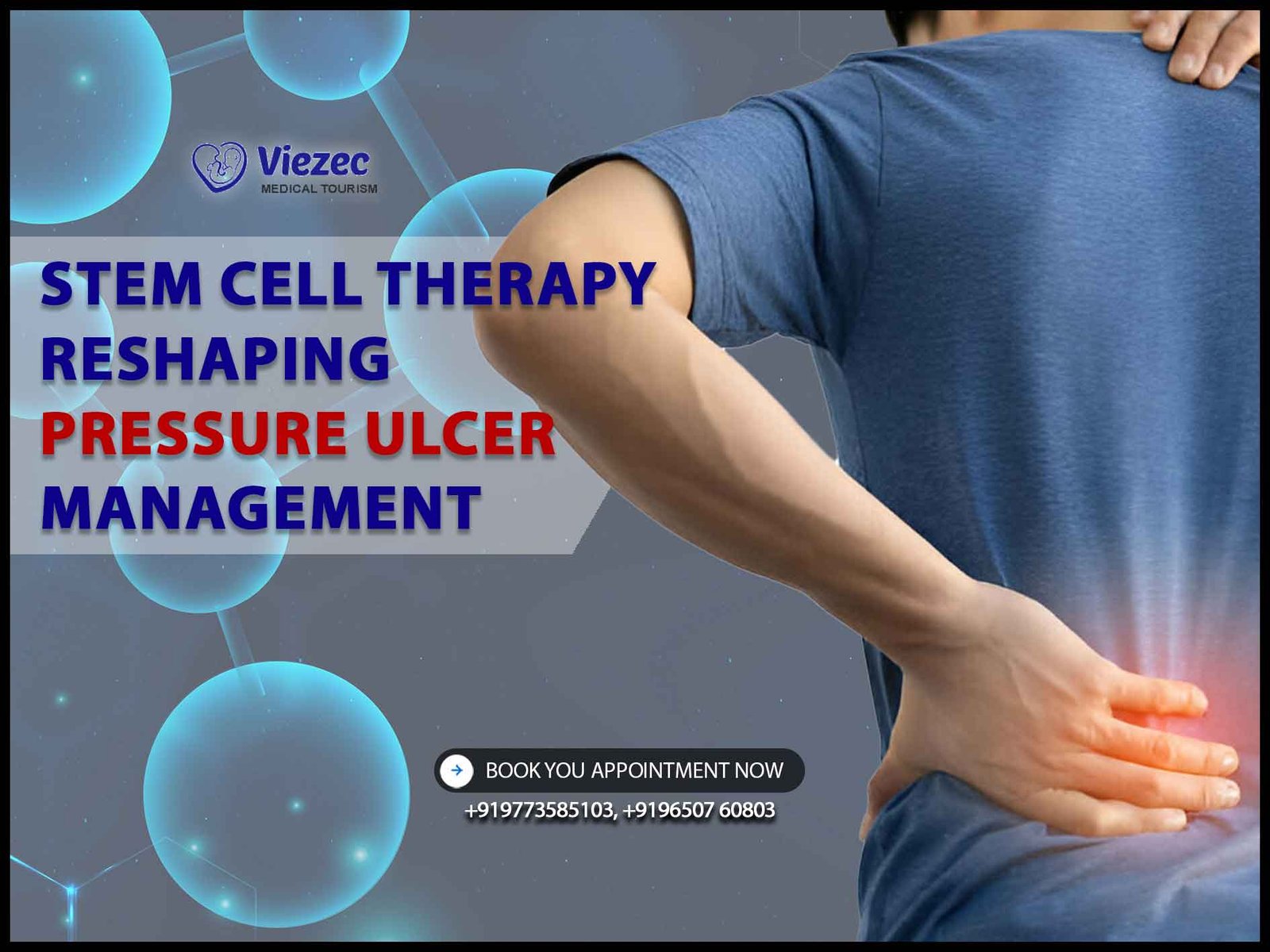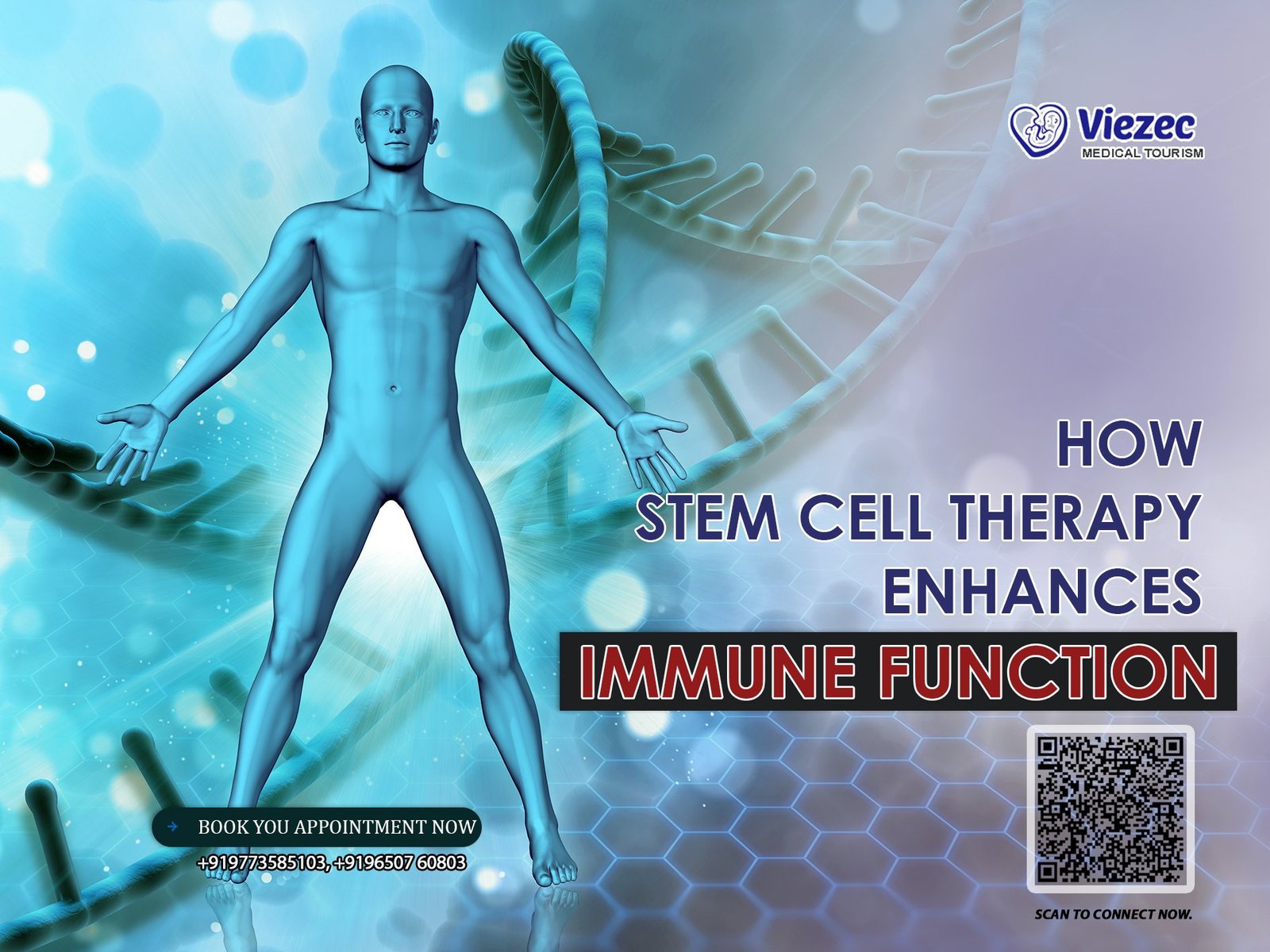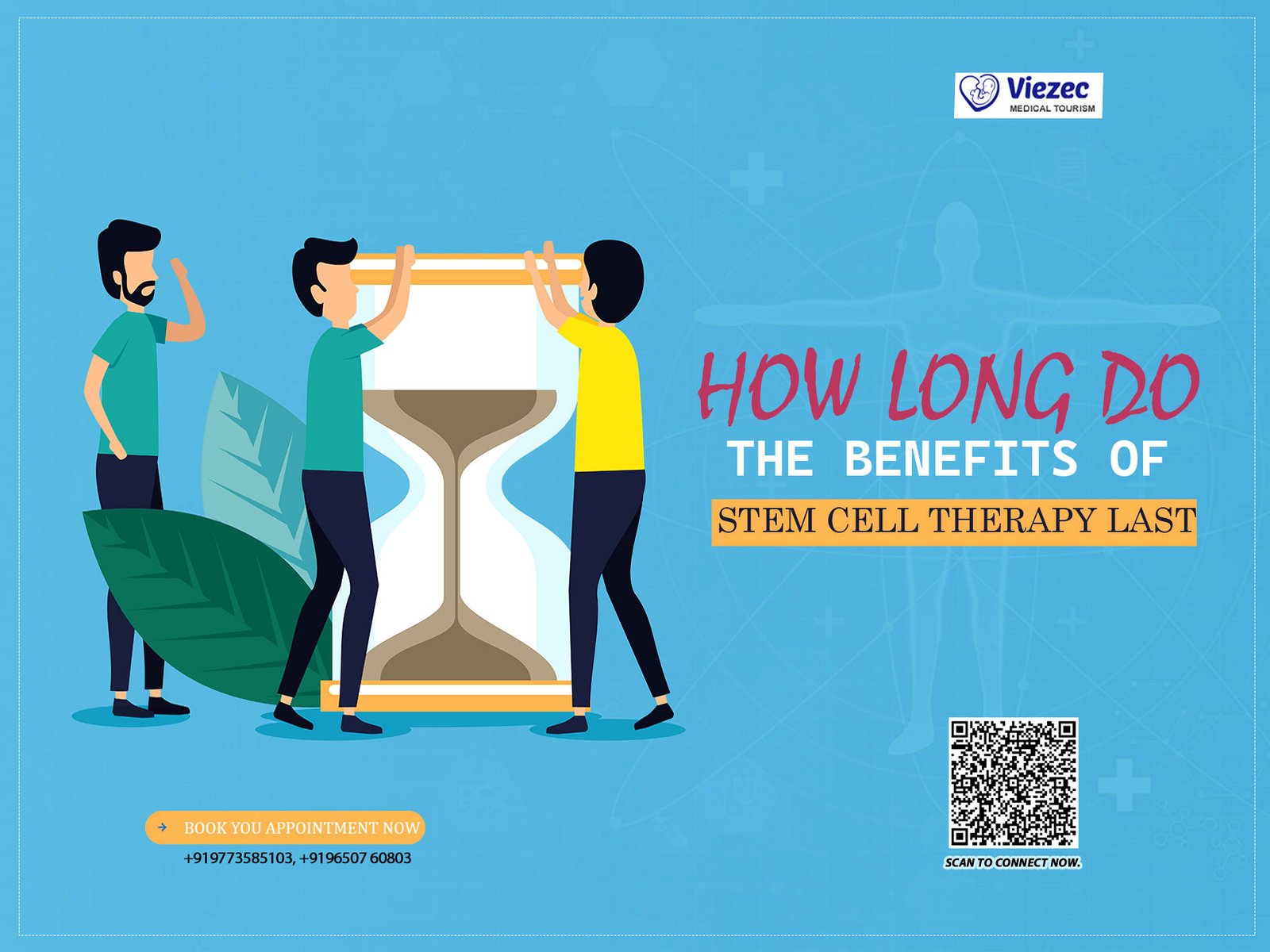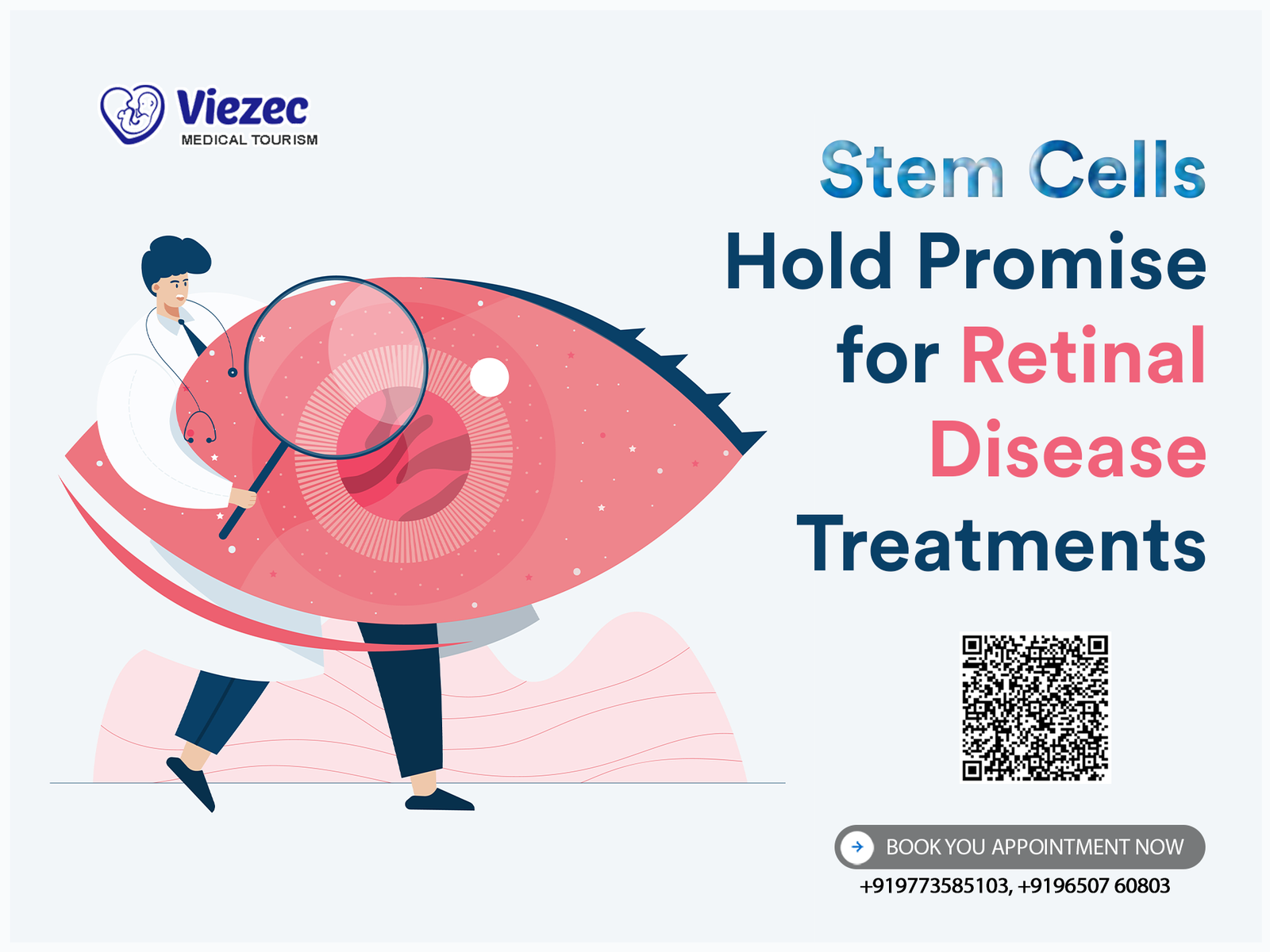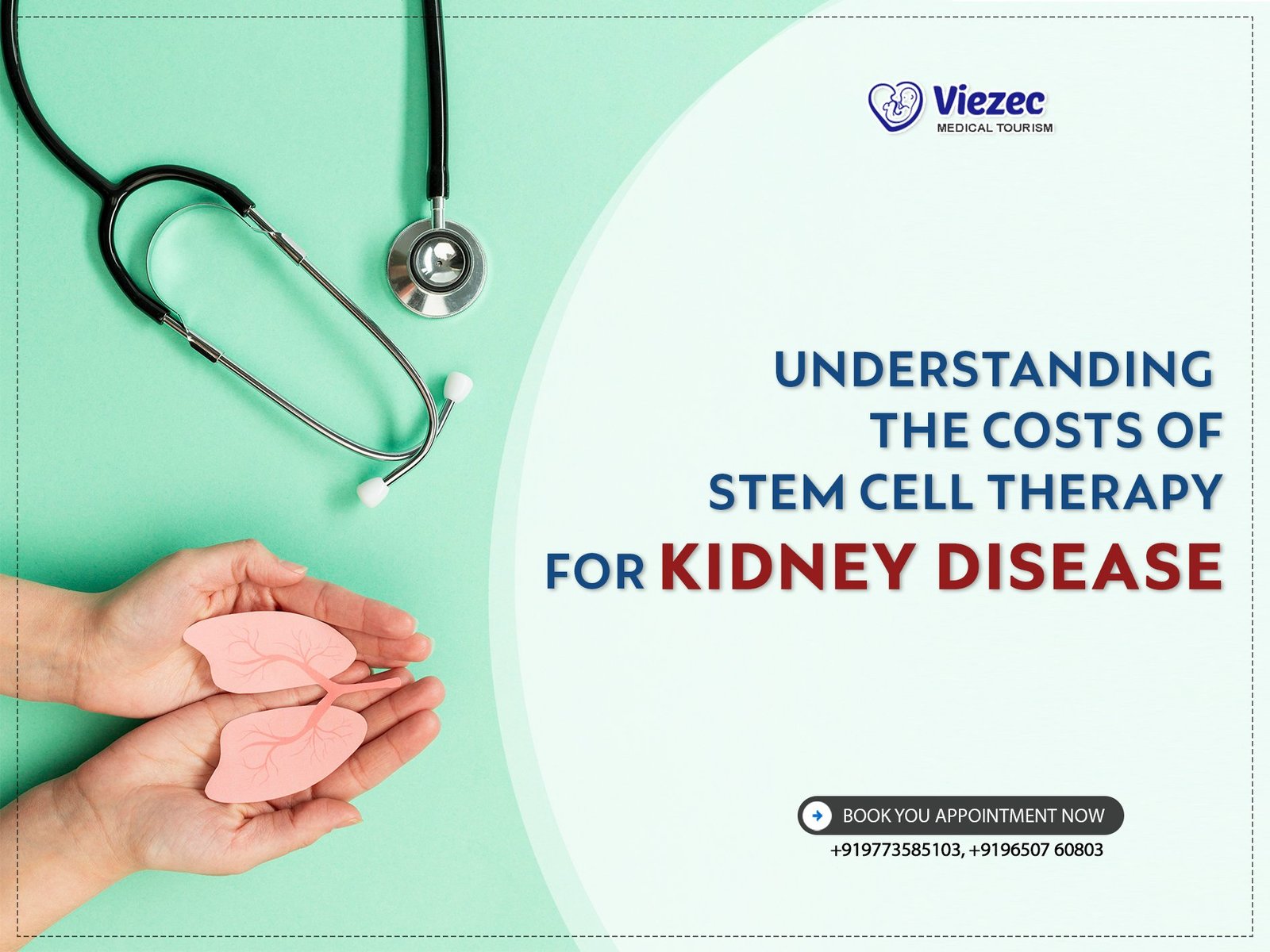Pressure ulcers, also known as bedsores or pressure sores, are localized injuries to the skin and/or underlying tissue, primarily caused by prolonged pressure on the skin. These injuries often occur over bony prominences, such as the sacrum, heels, hips, and elbows. The National Pressure Injury Advisory Panel classifies pressure ulcers into four stages, ranging from stage I (non-blanchable erythema) to stage IV (full-thickness tissue loss with exposed bone, tendon, or muscle). Despite advances in healthcare, pressure ulcers remain a significant challenge, particularly in individuals with limited mobility, such as the elderly, immobile patients, and those with spinal cord injuries.
Definition and Classification
Pressure ulcers are defined as localized damage to the skin and/or underlying tissue, usually over a bony prominence, resulting from pressure or pressure in combination with shear and/or friction.
Prevalence and Impact
The prevalence of pressure ulcers varies across different healthcare settings, with higher rates observed in long-term care facilities and hospitals. These wounds not only cause physical discomfort and pain but also lead to serious complications, including infections, sepsis, and delayed wound healing. Moreover, pressure ulcers impose a substantial economic burden on healthcare systems worldwide due to increased healthcare costs and prolonged hospital stays.
Current Treatment Challenges
Despite the availability of various treatment modalities, including wound debridement, dressings, and pressure redistribution devices, managing pressure ulcers remains challenging. Many conventional therapies focus on wound care and symptom management rather than addressing the underlying pathophysiological mechanisms driving tissue damage and impaired healing.
Understanding Stem Cell Therapy
Stem cell therapy represents a promising approach for the management of pressure ulcers by harnessing the regenerative potential of stem cells to promote tissue repair and regeneration. Stem cells possess unique properties, including self-renewal and multipotency, allowing them to differentiate into various cell types and participate in tissue regeneration.
Basic Principles of Stem Cells
Types of Stem Cells
- Embryonic Stem Cells: Derived from the inner cell mass of blastocysts, embryonic stem cells are pluripotent and have the potential to differentiate into any cell type in the body.
- Adult Stem Cells: Found in specialized tissues throughout the body, adult stem cells are multipotent and contribute to tissue homeostasis and repair.
- Induced Pluripotent Stem Cells: Generated through reprogramming of adult somatic cells, induced pluripotent stem cells exhibit pluripotency similar to embryonic stem cells.
Mechanisms of Action
Stem cells exert their therapeutic effects through various mechanisms, including differentiation into specialized cell types, paracrine signaling, and immunomodulation. These mechanisms contribute to tissue repair, angiogenesis, and modulation of the inflammatory response.
Pathophysiology of Pressure Ulcers
The development of pressure ulcers is multifactorial, involving tissue ischemia, inflammation, and impaired wound healing processes. Prolonged pressure leads to tissue damage, resulting in ischemia, necrosis, and the activation of inflammatory pathways.
Tissue Ischemia and Necrosis
Persistent pressure disrupts blood flow to the affected area, leading to tissue hypoxia and ischemia. Ischemia-induced cellular damage and necrosis contribute to the formation of pressure ulcers, particularly in areas with reduced perfusion, such as bony prominences.
Inflammatory Response
Pressure-induced tissue injury triggers an inflammatory cascade characterized by the release of pro-inflammatory cytokines, chemokines, and reactive oxygen species. Chronic inflammation exacerbates tissue damage and impairs the healing process, creating a microenvironment conducive to wound chronicity.
Healing Cascade
The normal wound healing process involves a series of overlapping phases, including hemostasis, inflammation, proliferation, and remodeling. However, in pressure ulcers, this cascade is disrupted, leading to impaired healing and the formation of chronic wounds.
Role of Stem Cells in Tissue Regeneration
Stem cells play a critical role in tissue regeneration and repair by promoting angiogenesis, modulating the immune response, and enhancing the proliferation and differentiation of resident progenitor cells.
Regenerative Potential of Stem Cells
Stem cells possess the ability to differentiate into various cell types, including endothelial cells, fibroblasts, and keratinocytes, contributing to tissue regeneration and wound closure.
Immunomodulatory Effects
Stem cells exert immunomodulatory effects by suppressing pro-inflammatory cytokine production, promoting anti-inflammatory signaling, and modulating immune cell function. These immunomodulatory properties help mitigate excessive inflammation and promote a balanced immune response conducive to wound healing.
Angiogenic Properties
Stem cells secrete angiogenic factors, such as vascular endothelial growth factor (VEGF) and fibroblast growth factor (FGF), which stimulate the formation of new blood vessels (angiogenesis). Enhanced angiogenesis improves tissue perfusion and oxygenation, facilitating wound healing in ischemic environments.
Stem Cell Sources and Isolation Methods
Various sources of stem cells have been explored for therapeutic applications in pressure ulcer management, including bone marrow, adipose tissue, and umbilical cord blood. Each source has distinct advantages and challenges regarding accessibility, abundance, and isolation methods.
Bone Marrow-Derived Stem Cells
Harvesting Techniques
Bone marrow aspiration involves the extraction of mesenchymal stem cells (MSCs) from the bone marrow cavity of the iliac crest or sternum under local anesthesia.
Isolation Procedures
Following extraction, MSCs are isolated and purified using density gradient centrifugation or magnetic bead-based sorting techniques to obtain a homogeneous population of stem cells for therapeutic use.
Adipose-Derived Stem Cells
Extraction Methods
Adipose tissue harvesting can be performed via liposuction or surgical excision, yielding a rich source of adipose-derived stem cells (ASCs) with multilineage differentiation potential.
Purification Techniques
ASCs are isolated from the stromal vascular fraction (SVF) of adipose tissue using enzymatic digestion and centrifugation steps to remove non-stem cell components and enrich the stem cell population.
Umbilical Cord Blood Stem Cells
Collection Process
Umbilical cord blood collection is performed at the time of birth, utilizing aseptic techniques to obtain cord blood containing hematopoietic and mesenchymal stem cells.
Processing Protocols
After collection, cord blood is processed to isolate and expand mesenchymal stem cells for therapeutic applications using culture-based expansion methods and quality control measures.
Stem Cell Therapy Applications in Pressure Ulcer Management
Stem cell therapy has shown promise in preclinical studies and clinical trials for the treatment of pressure ulcers, demonstrating efficacy in promoting wound healing and tissue regeneration.
Preclinical Studies and Animal Models
Efficacy Assessments
Preclinical studies utilizing animal models of pressure ulcers have demonstrated the efficacy of stem cell therapy in promoting wound closure, reducing inflammation, and improving tissue regeneration.
Safety Profiles
Safety assessments in preclinical models have shown that stem cell therapy is well-tolerated, with minimal adverse effects or immune reactions observed following transplantation.
Clinical Trials and Human Applications
Patient Selection Criteria
Clinical trials evaluating stem cell therapy for pressure ulcers typically enroll patients with chronic wounds refractory to conventional treatments, assessing wound healing outcomes and safety parameters.
Treatment Protocols
Clinical protocols involve the administration of stem cells either directly into the wound bed or via systemic infusion, with repeated dosing regimens tailored to individual patient needs and wound characteristics.
Mechanisms of Stem Cell Action in Pressure Ulcer Healing
The therapeutic effects of stem cells in pressure ulcer healing are mediated by their ability to promote angiogenesis, modulate inflammation, and enhance tissue regeneration through paracrine signaling and cell-to-cell interactions.
Promotion of Angiogenesis
Stem cells secrete pro-angiogenic factors that stimulate the formation of new blood vessels, improving tissue perfusion and oxygenation in ischemic wound environments.
Modulation of Inflammation
Stem cells exert anti-inflammatory effects by suppressing pro-inflammatory cytokine production and promoting the polarization of immune cells towards an anti-inflammatory phenotype, thereby reducing tissue damage and promoting healing.
Enhancement of Tissue Regeneration
Stem cells facilitate tissue repair and regeneration by promoting the proliferation and differentiation of resident progenitor cells, leading to the formation of new skin tissue and accelerated wound closure.
Challenges and Limitations of Stem Cell Therapy
Despite its potential benefits, stem cell therapy for pressure ulcers faces several challenges and limitations, including immunological considerations, tumor formation risks, and ethical and regulatory issues.
Immunological Considerations
The immunogenicity of transplanted stem cells and potential immune rejection pose challenges for allogeneic stem cell therapies, necessitating immunosuppressive strategies to mitigate immune responses.
Tumor Formation Risks
Stem cell therapy carries the risk of tumor formation, particularly in the case of pluripotent stem cells, highlighting the importance of rigorous safety assessments and long-term monitoring in clinical settings.
Ethical and Regulatory Issues
Ethical considerations surrounding the use of embryonic stem cells and concerns regarding patient safety and regulatory oversight present challenges for the translation of stem cell therapies into clinical practice.
Engineering Stem Cell Niches
Advances in biomaterials and tissue engineering techniques enable the design of biomimetic scaffolds and microenvironments that mimic the native stem cell niche, enhancing stem cell survival, and function in vivo.
Combination Therapies
Combining stem cell therapy with other modalities, such as growth factors, cytokines, and bioactive molecules, holds promise for synergistic effects and improved therapeutic outcomes in pressure ulcer management.
Personalized Medicine Approaches
Tailoring stem cell therapies to individual patient characteristics, including genetic predispositions, wound microenvironments, and comorbidities, may optimize treatment efficacy and minimize adverse effects.
Economic Considerations and Healthcare Implications
The widespread adoption of stem cell therapy for pressure ulcer management raises important considerations regarding cost-effectiveness, accessibility, and healthcare policy implications.
Cost-Benefit Analysis
Cost-effectiveness studies evaluating the economic impact of stem cell therapy relative to conventional treatments are needed to inform healthcare decision-making and resource allocation.
Access and Affordability
Ensuring equitable access to stem cell therapies for all patients, regardless of socioeconomic status or geographic location, requires addressing barriers related to cost, reimbursement, and infrastructure.
Health Policy Recommendations
Developing evidence-based guidelines and regulatory frameworks for the safe and ethical use of stem cell therapies in clinical practice is essential to optimize patient outcomes and mitigate potential risks.
Patient Perspectives and Experiences
Understanding patient perspectives and experiences with stem cell therapy provides valuable insights into treatment outcomes, quality of life improvements, and the importance of patient education and empowerment.
Testimonials and Case Studies
Patient testimonials and case studies document the impact of stem cell therapy on wound healing, pain relief, and functional recovery, highlighting the potential benefits for individuals with pressure ulcers.
Quality of Life Outcomes
Assessing quality of life outcomes, such as pain management, mobility, and social participation, enables healthcare providers to evaluate the holistic impact of stem cell therapy on patient well-being.
Patient Education and Empowerment
Empowering patients with knowledge about stem cell therapy, treatment options, and self-care strategies fosters shared decision-making and promotes active participation in the healing process.
Ethical and Societal Implications
The ethical and societal implications of stem cell therapy extend beyond clinical considerations, encompassing issues of equity in access, public perception, and legal frameworks governing its use.
Equity in Access to Stem Cell Therapy
Ensuring equitable access to stem cell therapies requires addressing disparities in healthcare access, advocating for healthcare equity, and promoting inclusive research practices.
Public Perception and Awareness
Building public awareness and understanding of stem cell therapy, its potential benefits, and ethical considerations is essential for informed decision-making and fostering trust in healthcare systems.
Legal Frameworks and Governance
Establishing robust legal frameworks and regulatory oversight mechanisms for the safe and ethical use of stem cell therapies safeguards patient rights, promotes transparency, and ensures compliance with ethical standards.
Conclusion and Summary
Stem cell therapy holds tremendous promise for reshaping the management of pressure ulcers by addressing underlying pathophysiological mechanisms and promoting tissue regeneration. Despite challenges and limitations, ongoing research efforts are advancing our understanding of stem cell biology and paving the way for innovative treatment approaches. By integrating stem cell therapy into comprehensive wound care strategies and addressing economic, ethical, and societal considerations, we can enhance patient outcomes and improve the quality of life for individuals living with pressure ulcers.

